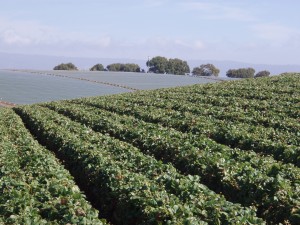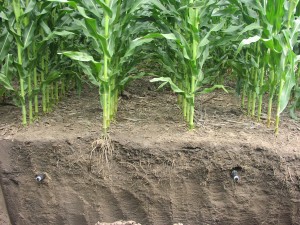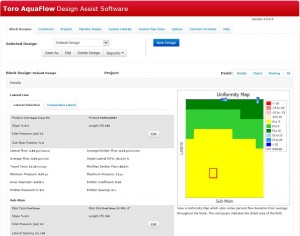Dramatic Benefits of Drip Irrigation System for Idaho Grower
For one Idaho Grower, the ultimate in water use efficiency on his farm boils down to two words: drip irrigation.
McKellip, who lives and works in the Treasure Valley north of Nampa, Idaho, installed his first drip irrigation — a Toro system — on one of RMF Farms’ fields in 2011. He installed a second system the following year; then, in 2013, a third. That 2013 field was seeded into sugarbeets. Prior to those drip systems, all his fields were grown under furrow irrigation.
A drip-irrigated field of mint in 2012 yielded 133 pounds of mint per acre, compared to a nearby furrow-irrigated mint field that came off at 94 pounds. The bottom line was $585 more income per acre, along with significant savings in water and fertilizer use, combined with less labor, fuel, equipment usage and insecticide inputs.
Dramatic Benefits of Drip Irrigation System for Idaho Grower Read More »

 Vegetable growers in Florida are using plasticulture and drip irrigation best practices to improve water and nutrient management on more than 5,000 acres of production. And the effort is paying off, according to one Extension official familiar with the practice.
Vegetable growers in Florida are using plasticulture and drip irrigation best practices to improve water and nutrient management on more than 5,000 acres of production. And the effort is paying off, according to one Extension official familiar with the practice. With drought gripping much of the Great Plains and western states, and with groundwater reserves declining and water regulations increasing, growers and their CCAs are finding ways to get more crop per drop with precision irrigation.
With drought gripping much of the Great Plains and western states, and with groundwater reserves declining and water regulations increasing, growers and their CCAs are finding ways to get more crop per drop with precision irrigation. We are excited to announce the latest upgrade to our popular AquaFlow
We are excited to announce the latest upgrade to our popular AquaFlow 